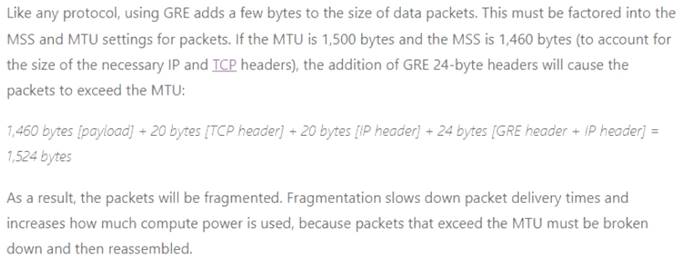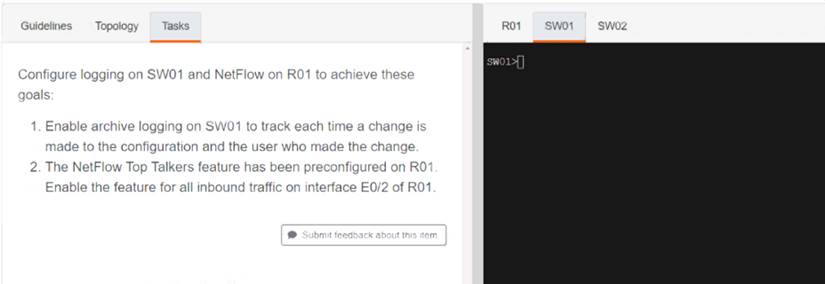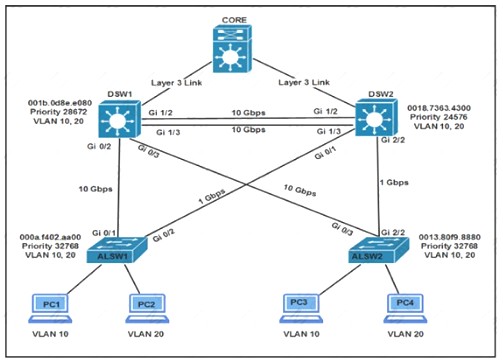- (Exam Topic 1)
Which method creates an EEM applet policy that is registered with EEM and runs on demand or manually?
Correct Answer:C
An EEM policy is an entity that defines an event and the actions to be taken when that event occurs. There are two types of EEM policies: an applet or a script. An applet is a simple form of policy that is defined within the CLI configuration. answer 'event manager applet ondemand event register
action 1.0 syslog priority critical msg ‘This is a message from ondemand’
<="" p="" style="box-sizing: border-box;">
There are two ways to manually run an EEM policy. EEM usually schedules and runs policies on the basis of an event specification that is contained within the policy itself. The event none command allows EEM to identify an EEM policy that can be manually triggered. To run the policy, use either the action policy command in applet configuration mode or the event manager run command
in privileged EXEC mode.
Reference: https://www.cisco.com/c/en/us/td/docs/ios-xml/ios/eem/configuration/xe-3s/eem-xe- 3s-book/eem-policy-cli.html
- (Exam Topic 1)
Refer to Exhibit.
MTU has been configured on the underlying physical topology, and no MTU command has been configured on the tunnel interfaces. What happens when a 1500-byte IPv4 packet traverses the GRE tunnel from host X to host Y, assuming the DF bit is cleared?
Correct Answer:D
Text Description automatically generated
- (Exam Topic 4)
Simulation 07

Solution:
Sw1 Config t Archive Log config
Logging enable Notify syslog R1
Config t
Ip flow-top-talkers
Match source address 172.16.2.1/30 Int et0/2
Ip flow ingress Copy run start
Does this meet the goal?
Correct Answer:A
- (Exam Topic 4)
Refer to the exhibit. Which two commands ensure that DSW1 becomes root bridge for VLAN 10? (Choose two)
Correct Answer:CD
Ref: Scaling Networks v6 Companion Guide “STP
…
Extended System ID
…
Bridge Priority
The bridge priority is a customizable value that can be used to influence which switch becomes the root
bridge. The switch with the lowest priority, which implies the lowest BID, becomes the root bridge because a lower priority value takes precedence.
…
The default priority value for all Cisco switches is the decimal value 32768. The range is 0 to 61440, in increments of 4096. Therefore, valid priority values are 0, 4096, 8192, 12288, 16384, 20480, 24576, 28672,
32768, 36864, 40960, 45056, 49152, 53248, 57344, and 61440. A bridge priority of 0 takes precedence over all other bridge priorities. All other values are rejected.
- (Exam Topic 1)
Drag and drop the characteristics from the left onto the appropriate infrastructure deployment types on the right.
Solution:
Does this meet the goal?
Correct Answer:A